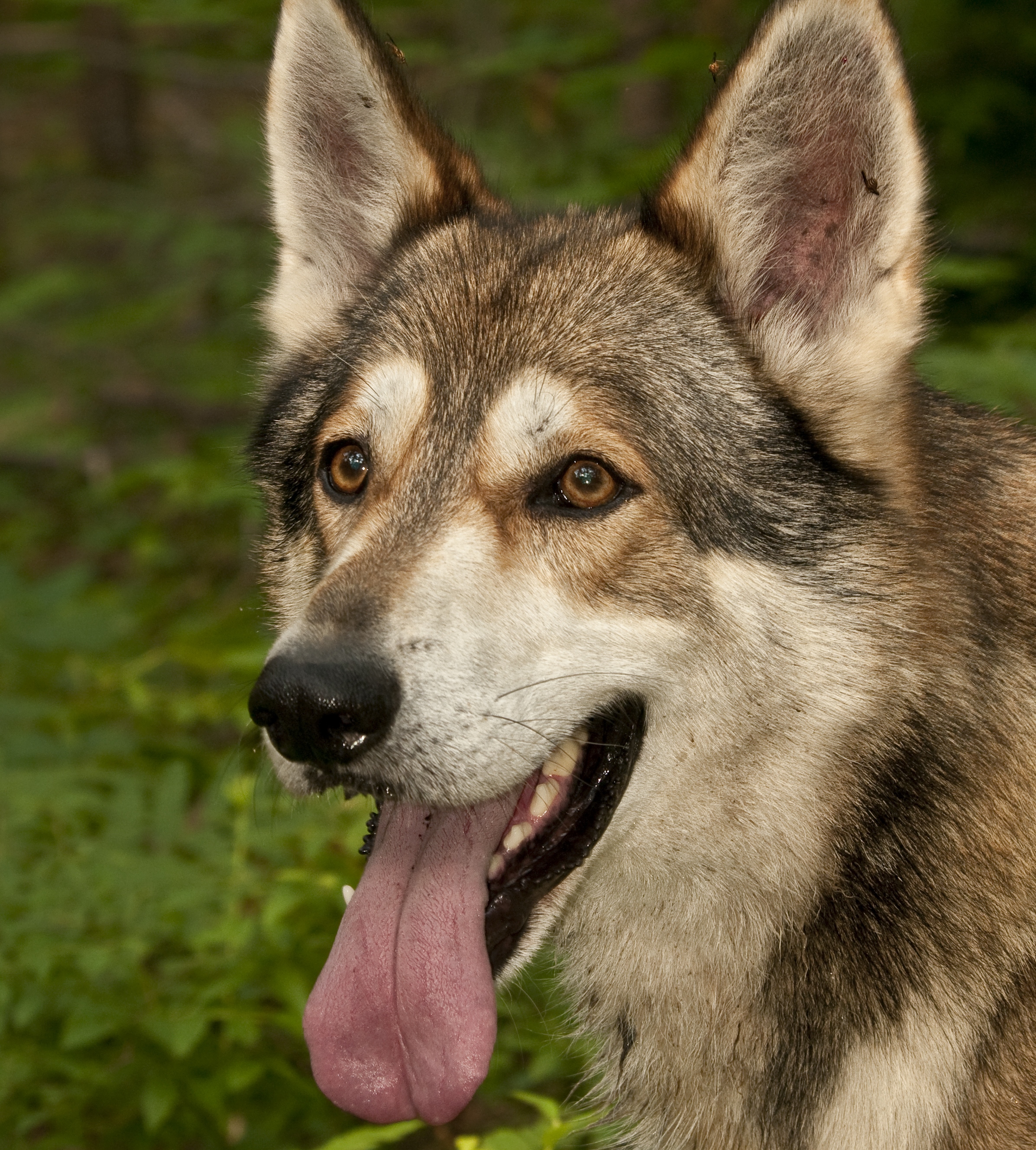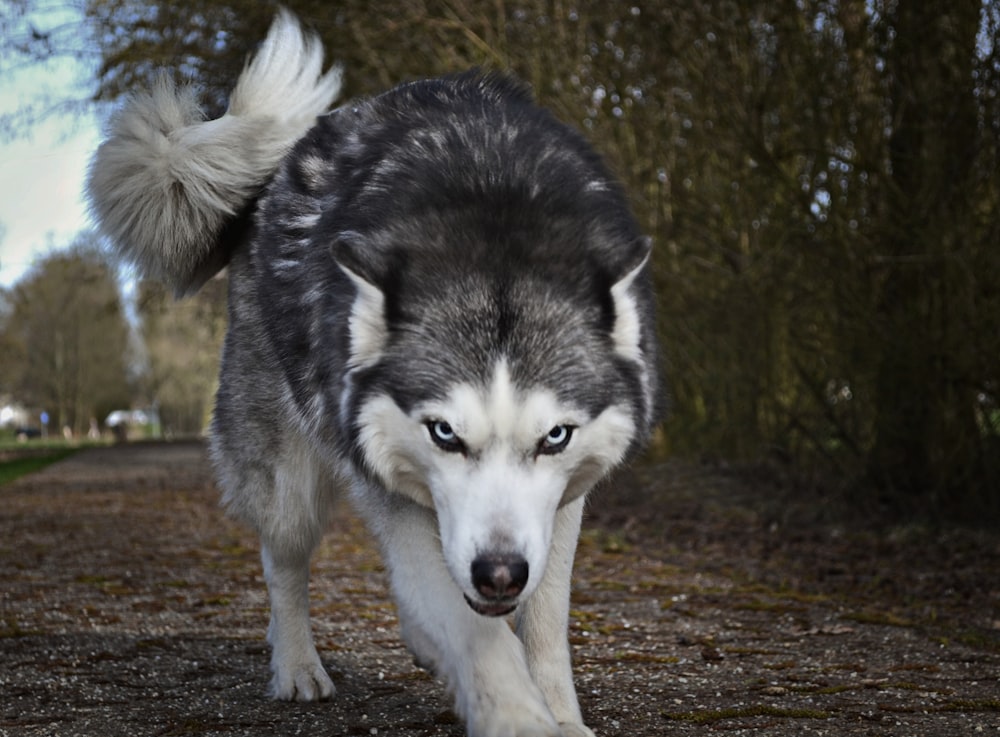Last Updated on September 11, 2021 by Fumipets
If you’ve ever considered getting a wolf dog, you’ve undoubtedly wondered how much a wolf dog costs and how much money it takes to keep one.
Both of these questions are legitimate, since, as you would expect, these hybrid dogs are not cheap.
How much is a wolf dog? A wolf dog puppy may cost anywhere from $1,000 to $3,000. Adoption from a rescue organisation or a private person looking to rehome their dog is frequently a cost-effective alternative for older dogs. Thousands of dollars may be spent on maintenance.
A wolf dog’s price is expensive for a variety of factors that should be carefully examined before contacting a breeder.
Let’s look at some real-world costs and see how much it will cost to maintain a wolf dog as a pet.
Actual Wolf Dog Prices
Although the AKC does not recognise wolf dogs as a breed, this does not imply that wolf dog breeders do not demand high sums for their pups.
Containing wolves and wolf dogs properly in order to preserve breeding stock is costly and difficult.
It will also be costly for owners to keep the wolf dog contained as it grows older, therefore breeders should demand a high fee upfront to warn buyers about what they are getting into.
Wolf dog costs may range from $1,000 to $3,000, depending on the breed.
Here are some real wolf dog breeders and their pricing to give you an idea of what you can expect to pay throughout your hunt.
| Breeder | Price | Location |
| Midnight Run Wolves | $1,000 | Richmond, KY |
| White Wolf Dog | $2,800 | Warren County, NJ |
| Wild Wind Hybrids | $1,500 | Wilkesboro, NC |
| Wolfhaven Spirit of thePast | $2,000 | Beckley, WV |
Degree Of Wolf In The Wolf Dog
Wolf dogs are classified into three groups based on how much wolf they contain.
- Low-content wolf dogs.
- Mid-content wolf dogs.
- High-content wolf dogs.
Although low-content wolf canines with a highly wolfish look or individuals with high wolf content may fetch the greatest prices, the price generally does not change significantly based on wolf content.
Here’s what you need to know about the degree of wolf in the wolf dog.

Low-Content Wolf Dogs
Wolf dogs with a low percentage of wolf may contain up to 50% wolf. The finest individuals have a wolf-like look but behave more like dogs.
The majority of them will have a unique look that reflects the dog in their backdrop.
These are the wolf pups that are most likely to blend in with your family since they have a desire to socialise and are easier to handle than northern breeds or spitz-type canines.
Some people may adapt to living in their own homes, while others need safe outside confinement.
Mid-Content Wolf Dog
Wolf canines with a mid-content are 50 to 75 percent wolf. They resemble wolves in appearance, but there is a lot of diversity within this species.
These wolf pups are more prone to exhibit wolf habits and have a lot of energy, so they’ll almost certainly need to be kept outdoors, but some do live inside at least part of the time.
High-Content Wolf Dog
Wolf canines with a high content range from 75 to 99 percent wolf. The majority of them have a wolf-like look.
In fact, they may be difficult to tell apart from a pure wolf. Their behaviour resembles that of wolves.
They may be too reactive and sensitive to new circumstances at all times. These dogs will almost certainly need a big outside enclosure, but they may be allowed to enter the home for short periods of time.

Can I Adopt A Wolf Dog?
Adopting a wolf dog is a fantastic opportunity to provide a loving home for a beautiful dog, and it is frequently much less expensive than purchasing a puppy.
Furthermore, unlike buying a puppy, an older dog will already have a lot of established traits, such as the ability to climb large fences or perform well inside, so you’ll know exactly what you’re getting into.
Wolves sexually mature at the age of 3 or 4, thus major behavioural changes are common at this period.
You may be relatively sure that if you acquire a wolf dog that is older than 4 years old, the wolf dog’s behaviour will stay fairly constant.
There are many wolf dogs available for adoption since owning this beautiful animal is so difficult, therefore there are many wolf dogs to select from.
You may be able to get one for free from an overburdened rescue group or a desperate dog owner looking for a new home.
However, you must be able to demonstrate that you can adequately care for and confine the dog.

Cost Of Owning A Wolf Dog
The cost of having a wolf dog may be higher than that of other dog breeds.
Housing and other forms of care may be more akin to those required for a wild animal than for a pet.
As a result, you must constantly consider the entire cost of keeping a wolf dog as well as the actual purchasing price.
Room To Roam
Wolf dogs need space to run in order to expend their boundless energy.
Furthermore, wolf dogs have a habit of howling late at night, which may be annoying to neighbours unless you live far away.
Your wolf dog should be allowed plenty of room to run in the ideal situation, but safety measures must be made to avoid escape.
Fencing is not inexpensive, and the expense of constructing a big enclosed area may surprise you.
Enclosures
With remarkable physical agility and a strong desire to break out of virtually any kind of confinement, wolf dogs are highly capable of escaping.
A fence that is at least 8 feet high with an overhang sloped toward the interior of the enclosure is required for most wolf dogs.
Because certain wolf dogs will climb any fence, an electric fence at the top or a roof covering the whole enclosure is required to prevent them from climbing over.
The larger the enclosure, the better, although wolf dogs are said to need at least an acre of space inside their cage.
Because wolf dogs have a tendency to dig their way out of their cage, it’s recommended to bury concrete and reinforce with mesh for a long distance around the perimeter of the fence.
Companionship
Wolf dogs are sociable creatures by nature, and they will pine for canine company.
You don’t have to get another wolf dog if you don’t want to.
A strong domestic dog with a lot of energy that you can adopt from your local shelter may make an excellent wolf dog companion.
It’s critical to keep a close eye on interactions and remove one of the animals if a fight breaks out.
When wolves fight in the wild, the loser may flee and form a new pack, but this is not the case in an enclosure.
While getting another dog from a shelter may be inexpensive, having an enclosure big enough for both of them can be costly.
Feeding
Wolves, unlike dogs, do not have stomachs adapted to digest the commercial kibble that so many dogs consume today.
They have a hard time digesting the carbs and preservatives present in dog food.
As a result, most wolf dogs, especially those with a high wolf component, should be fed raw meat and bones, as well as certain fruits and vegetables.
Providing your wolf dog with enough raw meat and bones to maintain a balanced diet may be very costly.
Wolf dogs also need fresh grass and plants, as well as supplements such as glucosamine and fish oil, for digestion.
Because wolf dogs aren’t strictly wolves, some may need a higher carbohydrate intake than others.
Consult a veterinarian about your dog’s food until you discover something that works.

Related Questions
Can I Buy A Trained Wolf Dog?
Wolf dogs’ ability to be taught varies, and certain habits are unchangeable.
However, adopting a wolf dog from a private owner who reared the dog in their house but is no longer able to care for him may provide you with a more well-trained canine.
Is A Wolf Dog More Expensive To Buy And Maintain Than Other Northern Breeds?
A wolf dog may be less expensive to buy than a pure-bred, AKC-registered northern breed puppy like an Alaskan Malamute, but wolf dogs are nearly always more expensive to keep throughout their lifespan.
Because you’ll have to pay for raw meat, appropriate confinement, and other upkeep for your wolf dog, any other dog will be less costly.


















